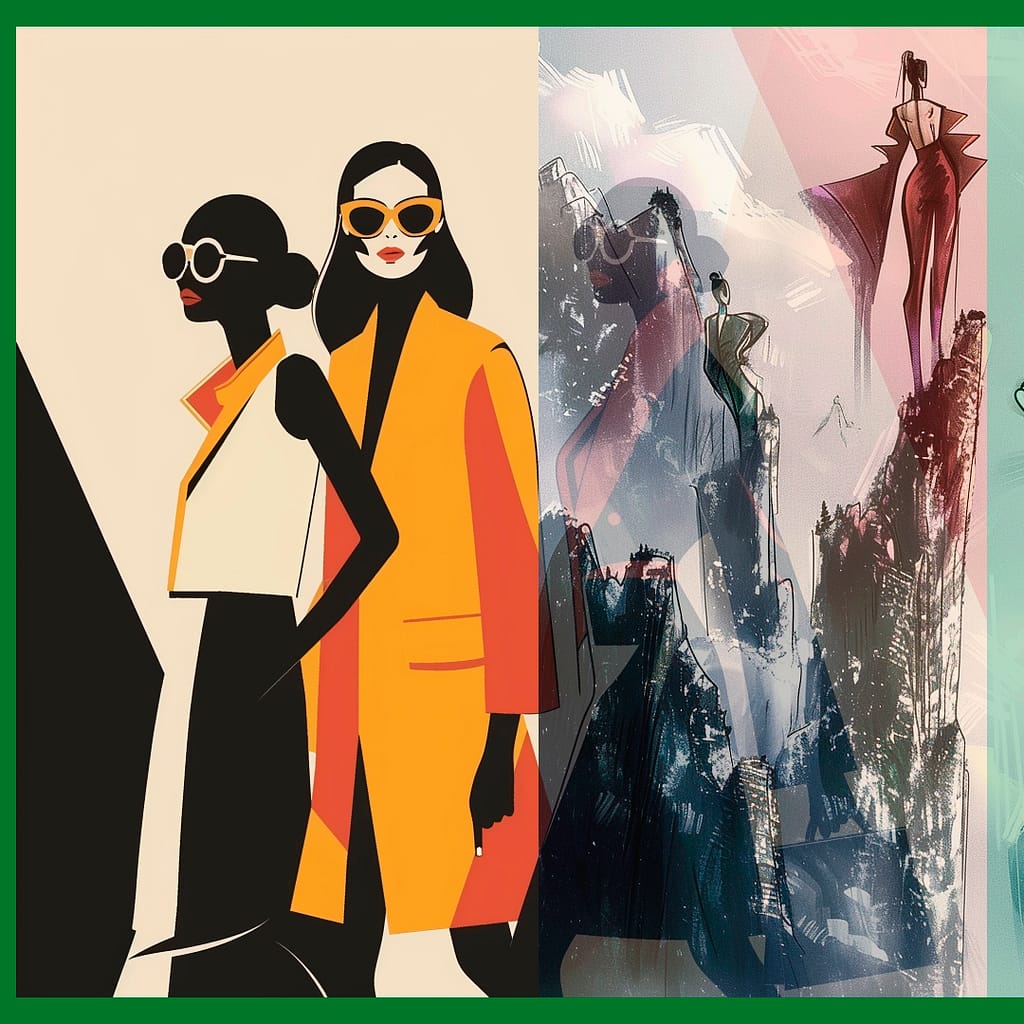
The Role of Archetypes in Brand Creation and Advertising Campaigns
Archetypes play a significant role in the development of brands and advertising campaigns, acting as powerful tools to shape a brand’s identity and connect with audiences on an emotional level. By tapping into universal human experiences, brands can craft messages and visuals that resonate deeply with consumers, creating strong emotional bonds and establishing a lasting presence in the marketplace. The use of archetypes in branding and advertising is an effective strategy to communicate a brand’s values, personality, and mission.
Building Brand Identity Through Archetypes
A brand’s identity is built upon the values, personality traits, and emotional connections it seeks to convey. Archetypes provide a framework that brands can adopt to reflect their core beliefs and establish a unique presence in the market. For instance, the Hero archetype in branding often conveys strength, resilience, and the desire to inspire consumers to achieve greatness. Brands like Nike embody this archetype, using slogans such as “Just Do It” to inspire action and determination. By aligning with a specific archetype, brands create an image that is consistent, easily recognizable, and deeply rooted in the collective consciousness.
The Caregiver archetype is another popular choice in branding, representing nurturing, care, and compassion. Brands in healthcare, wellness, and beauty often adopt this archetype to evoke trust and provide a sense of comfort. Companies like Dove, for example, use the Caregiver archetype in their campaigns to promote self-love and acceptance. The archetype influences the tone and messaging of the brand, creating an emotional connection with consumers who value care, empathy, and support.
Archetypes in Advertising Campaigns
In advertising, archetypes help brands craft stories that resonate with their target audience, making ads more memorable and impactful. Each archetype brings its own set of emotions, narratives, and visuals that can be used to tell a compelling brand story. The Magician archetype, for example, is associated with transformation and innovation, and brands like Apple often use this archetype to position themselves as pioneers in technology, offering consumers a sense of wonder and possibility.
The Rebel archetype is often employed in campaigns that aim to disrupt the status quo or challenge societal norms. Ads using the Rebel archetype typically feature bold, non-conformist messages that appeal to consumers looking for something different. Brands like Diesel and Harley-Davidson are prime examples of companies that use this archetype to build an image of rebellion and individuality, making their products synonymous with freedom and non-conformity.
Creating Emotional Connections Through Archetypes
One of the most significant benefits of using archetypes in advertising is the ability to create emotional connections. Archetypes tap into the deep-seated psychological triggers that influence consumer behavior. When a brand aligns itself with an archetype that reflects the desires, fears, or aspirations of its audience, it creates an immediate bond. For example, the Lover archetype is often used in luxury brand advertising to evoke feelings of sensuality, passion, and exclusivity. Brands like Chanel and Gucci use this archetype to position themselves as symbols of beauty, desire, and elegance.
The Jester archetype is another effective tool in creating emotional appeal. This archetype represents fun, joy, and spontaneity, and brands that use it in their advertising campaigns tend to focus on humor, lightheartedness, and entertainment. Companies like Old Spice and Coca-Cola use this archetype to create an enjoyable and memorable experience, positioning their products as sources of happiness and positivity.
Archetypes as a Branding Strategy
Integrating archetypes into brand strategy ensures consistency in messaging and identity. By establishing a clear archetype from the outset, companies can build a coherent narrative across all aspects of their brand, from product design to advertising. This strategic use of archetypes helps brands maintain a strong, unified identity that resonates with consumers and stays relevant over time. For example, the Explorer archetype is often used by outdoor brands like Patagonia and The North Face, where the brand’s entire ethos revolves around exploration, adventure, and discovery. Consumers who identify with this archetype are more likely to choose products that align with their desire for freedom and adventure.
